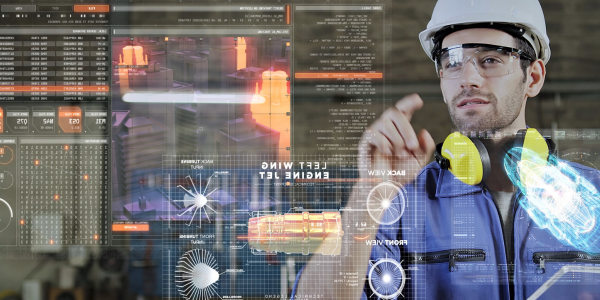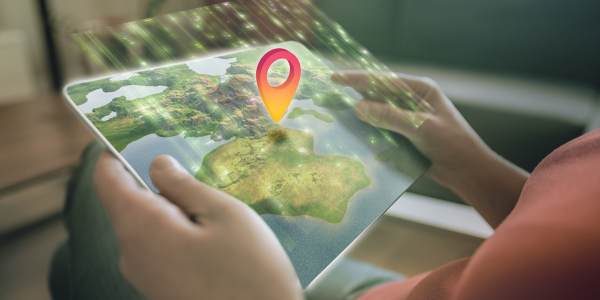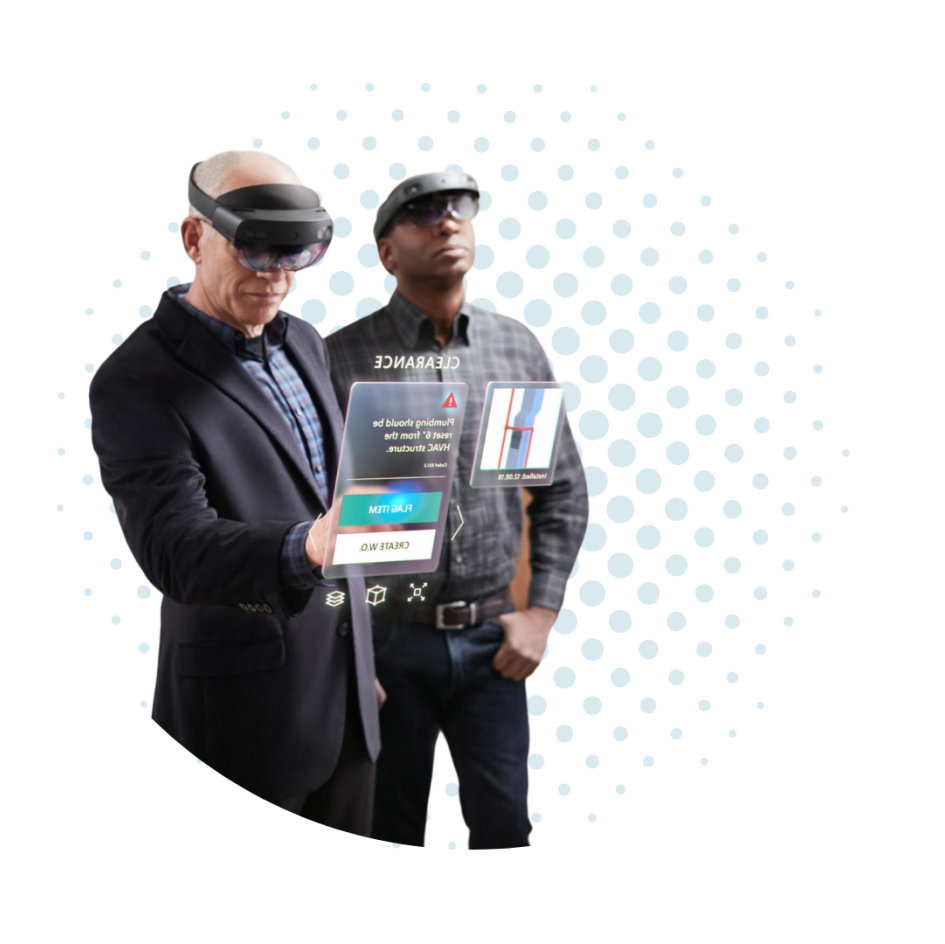Augmented Reality - Explanation, Applications, Possibilities
In a world where the digital and the real world are increasingly merging, technology has rapidly advanced. One technology that is particularly in the spotlight in this context is Augmented Reality, often abbreviated as AR. In this blog post, we will examine augmented reality in detail and explore the numerous application possibilities and potentials it offers.

What is Augmented Reality?
Augmented Reality, also known as Extended Reality, is a technology that allows digital information, virtual objects, and supplementary data to be overlaid onto the real world. Unlike Virtual Reality (VR), where the user is immersed in a completely virtual world, in AR, the connection to the real world is maintained. This means that you still see the real environment but with added digital elements and information. Social media giants like Snapchat have been exploring AR applications for some time and are continuously developing new uses.
The idea behind Augmented Reality is to expand the real world with digital elements. This can take the form of text, graphics, 3D models, or even sounds. To align the real world with the digital layer, AR systems need to process environmental data. Typically, this additional information is displayed through a headset or another AR-compatible device, overlaying the user's real environment.

The world of devices
It is important to understand the difference between Augmented Reality and Virtual Reality, as they are often confused. In Virtual Reality (VR), the user is completely immersed in a virtual world and loses all contact with the real environment. This is typically done with VR headsets that dominate the user's field of view.
On the other hand, Augmented Reality enhances the real world by overlaying digital elements into the user's field of view without losing sight of the real environment. This makes AR particularly useful for applications where interaction with the real world is important.
Applications of Augmented Reality
The applications of Augmented Reality are diverse, and AR can be used across various industries. Here are some examples:
- Navigation: AR can provide users with real-world directions by overlaying arrows or cues in their field of view. This is particularly useful for pedestrians, cyclists, and drivers who need precise navigation instructions. A so-called head-up display projects the correct route directly onto the windshield, aiding driving.
- Shopping: Companies like IKEA use AR to show customers virtual furniture in their living spaces before making a purchase. This allows customers to better assess how a product fits into their real environment.
- Education: Educational institutions use AR to provide students with interactive learning materials and virtual experiments. This enables a deeper understanding of complex concepts.
- Medicine: Surgeons use AR to display crucial data and 3D models directly on their patients during surgeries. This can increase the precision and safety of medical procedures.
- Maintenance and Repair: Technicians can use AR glasses to display instructions and additional information during the maintenance of machines and equipment. This helps them work more quickly and efficiently.
- Art and Culture: Museums and art galleries employ AR to provide visitors with additional information about artworks or historical artifacts. This creates a more interactive and informative experience with exciting AR content.
- Tourism: AR applications offer tourists information about landmarks and historical sites while traveling. This allows travelers to learn more about the places they visit.
- Smart-Glasses: AR is also used in so-called smart glasses, which are optimized for AR applications.

The Role of Companies like Apple and Google
Technology giants such as Apple and Google play a crucial role in advancing Augmented Reality. Both companies have integrated AR apps and AR technology into their operating systems. For example, Apple developed "ARKit," a platform for AR apps that enables developers to create high-quality AR applications for iOS devices. These apps can be used on millions of iPhones and iPads, significantly promoting the adoption of AR applications. Google pioneered the development of AR glasses with "Google Glass." Although the first version of Google Glass was not commercially successful, Google continued to work on AR technology and integrated it into various projects.
The Future of Augmented Reality
The future of Augmented Reality looks promising. With the use of Artificial Intelligence and powerful smart glasses, AR will be seamlessly integrated into our lives. The potential for AR applications appears to be limitless as they transform the way we interact with the world around us. As technology advances, AR applications will become even more realistic and powerful. The overlay of information will become more precise, and virtual objects can be seamlessly integrated into the real environment.
Furthermore, the integration of AR with other technologies like Artificial Intelligence will make AR applications smarter and more proactive. They will be capable of recognizing user preferences and providing additional information before the user even asks for it. The use of Augmented Reality will continue to expand in many areas. In the entertainment industry, AR apps and games are becoming increasingly popular, offering an even more immersive experience. In education, AR applications will enable teachers and students to learn interactively. In healthcare, AR and Mixed Reality will play a significant role in complex medical procedures and training. And in the industry, AR and VR will be used for worker training, equipment maintenance, and product development.

Conclusion
In summary, Augmented Reality is fundamentally changing the way we perceive information and interact with the world around us. With companies like Microsoft, Apple, and Google investing in this technology, we are on the path toward a world where digital and real worlds seamlessly merge to provide us with an augmented reality that enriches various application domains.
The possibilities of Augmented Reality are virtually endless, from enhancing our daily tasks to creating new captivating entertainment experiences. AR has the potential to revolutionize the way we experience the world. It's exciting to witness the ongoing development of this technology and how it will influence our everyday lives in the future. Augmented Reality is no longer just science fiction; it has become an integral part of our digital and real world.
